Who doesn’t know Frankenstein and his monster? I’m sure you have a general picture in your mind, but do you know all the facts about Frankenstein and the author of the book Mary Shelley?
The story of a scientist who creates a hideous monster while performing a daring experiment was written by Mary Shelley in the early 19th century.
It’s widely regarded as one of the best works in modern literature and is known worldwide through popular culture.
Let’s take a closer look at how the beast was created in this list of facts about Frankenstein and Mary Shelley.
1. Frankenstein is not the monster
Let’s start this list of facts about Frankenstein with a general misconception. Most people think that Frankenstein is actually the creature being created.
In fact, in the book, Frankenstein is the surname of the main character, the scientist who creates the monster.
His full name in the novel is Victor Frankenstein.
2. Mary Shelley was a teenager when writing it
To the surprise of surely everybody, the novel was written by an 18-year old girl by the name of Mary Shelley.
Together with her lover, Percy Bysshe Shelley, who already had a wife by the way, and her stepsister, she traveled through Europe for a couple of years.

One day they stopped by the town of Gernsheim along the Rhine River, which is 17 kilometers away from a familiar-sounding name.

3. Interesting Frankenstein fact: The Castle is real
As you surely wondered before, where did Mary Shelley get her inspiration for the name of the scientist that created the monster?
The answer can be found on a hilltop in the Odenwald, as that’s where the Frankenstein castle is located.
If we look at the etymology of the word “Frankenstein” we can find two words:
- Frank: Referring to the Franks, a Germanic tribe.
- Stein: The German word for stone.
The word stein is commonly used as a suffix for names of castles or landmarks in Germany, so it simply means, “Castle of the Franks.”
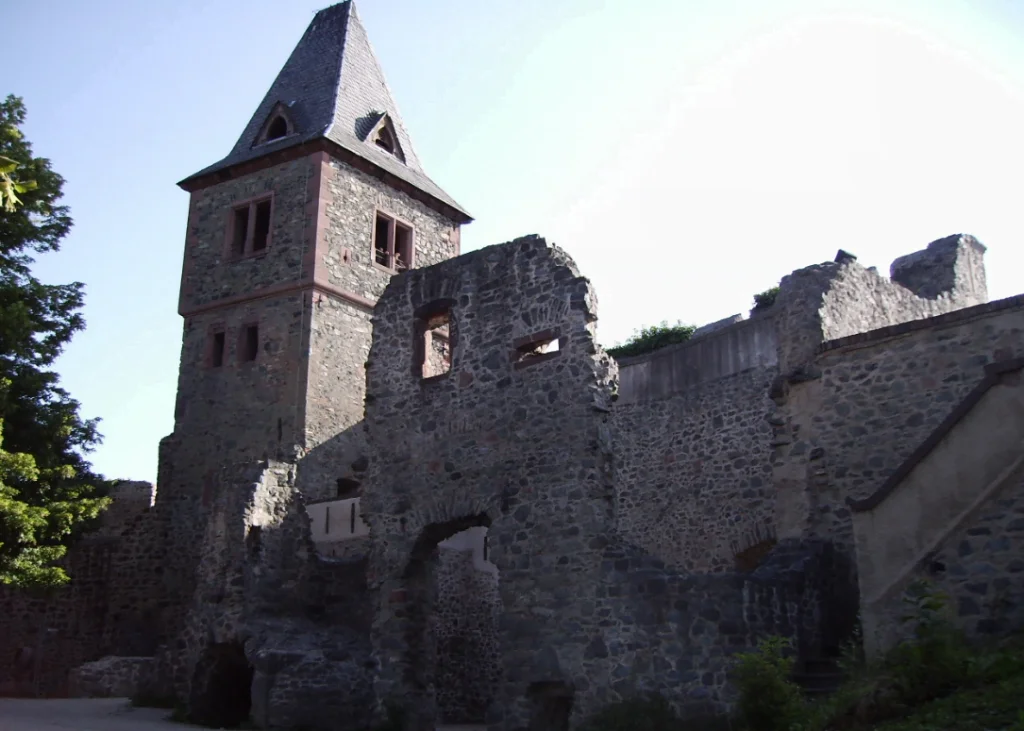
4. Was Johann Conrad Dippel the novel’s Victor Frankenstein?
Johann Conrad Dippel was born in Frankenstein Castle in 1677 and later worked there as a professional alchemist.
What’s more interesting is that there were rumors of him having other practices in his spare time.
Through the rumors, he was accused of performing medical experiments on dead bodies he dug up. One experiment consisted of bringing the bodies back to life.
Neither of this has ever been confirmed, but it’s pretty clear that mary Shelley heard this story as well during her visit to the town of Gernsheim in Germany, and most probably used it as inspiration for her famous novel.
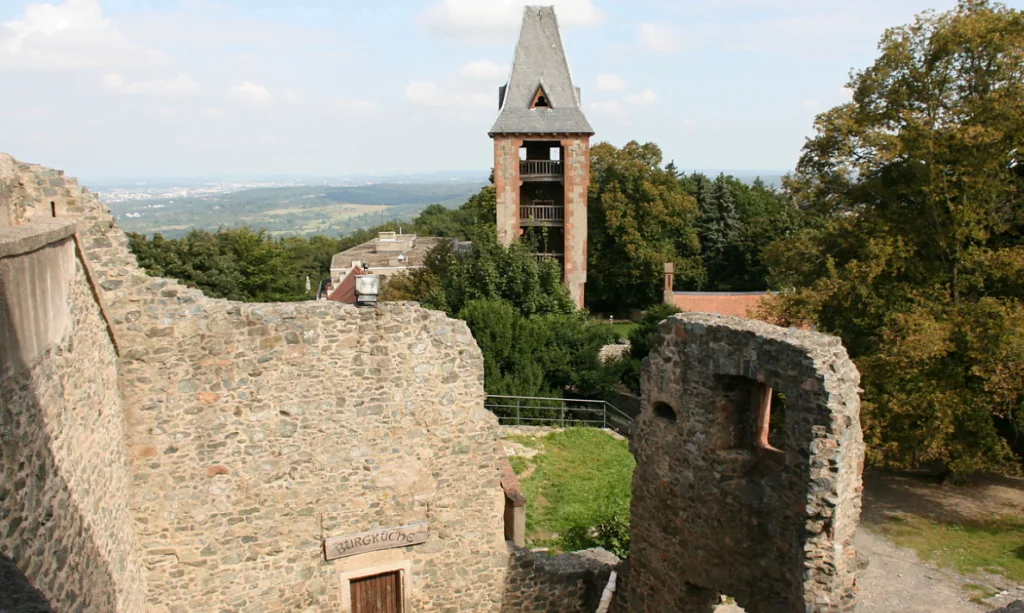
5. Fact about Johann Conrad Dippel
So Mary got her inspiration from the guy living in the Frankenstein Castle over 100 years earlier and was claimed to be doing some dodgy things.
To further emphasize that he was the perfect source of inspiration to become the protagonist of the scary novel, let’s take a look at one of his other hobbies.
Apparently, he claimed to have invented the equivalent to “the elixir of life.” In fact, it was merely a sort of animal oil, which effectively got named after him, the Dippel’s oil.
He actually tried to purchase the castle by offering up the formula of his newly invented elixir.
His attempt was unsuccessful.
6. Ghost story competition
Why would a teenage girl create a story about a scientist creating a hideous monster during a botched experiment?
Because of a contest.
During a period of heavy rain, Lord Byron, one of the associates of Mary and Percy, came up with the idea after they started reading ghost stories.
Who do you think won?
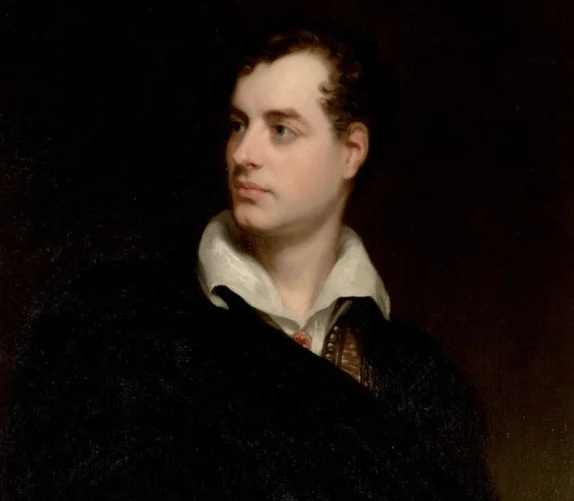
7. Inspiration for Dracula
Neither Percy nor Lord Byron himself was able to finish the ghost story for the contest. Perhaps their intoxication levels were too high to form correct sentences, who will say?
Another friend of the company, the physician John Polidori did, in fact, complete a ghost story and named it “The Vampyre.”
The fun fact about this is that this vampire story later inspired Bram Stoker while writing the most famous vampire story of all, Dracula.
Without giving all credit to John Polidori, it was, in fact, Lord Byron who created the initial draft of the story.
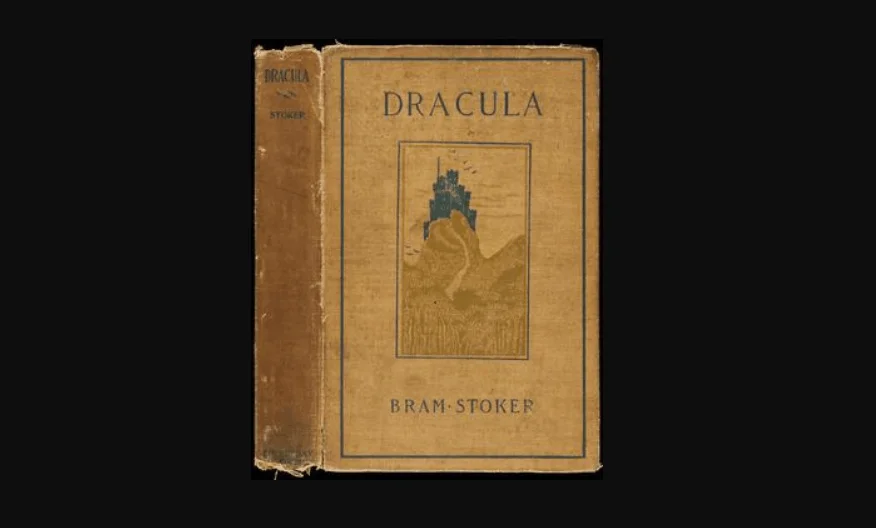
8. A dream conquered Mary’s writer’s block
During one of their dwellings, Mary, Percy, and their friends came up with the thought of bringing people back to life.
It was during this time that the ghost story contest idea came about.
More importantly, the talks about bringing people to life must have had a serious impact on Mary as one night, after suffering from a complete lack of inspiration, had a dream. She explained it like this:
“I saw the pale student of unhallowed arts kneeling beside the thing he had put together. I saw the hideous phantasm of a man stretched out, and then, on the working of some powerful engine, show signs of life, and stir with an uneasy, half vital motion. Frightful must it be; for supremely frightful would be the effect of any human endeavor to mock the stupendous mechanism of the Creator of the world.”
9. Mary was helped by her husband Percy
The moment Mary told Percy about the dream she had, she started working on the novel.
She wasn’t going at it alone though, as Percy helped her a lot during the initial phase of writing the book.
How much credit Percy should receive for his contributions is debated, but that he had a serious impact on the story is clear through Mary’s own words:
“I certainly did not owe the suggestion of one incident, nor scarcely of one train of feeling, to my husband, and yet but for his incitement, it would never have taken the form in which it was presented to the world.”
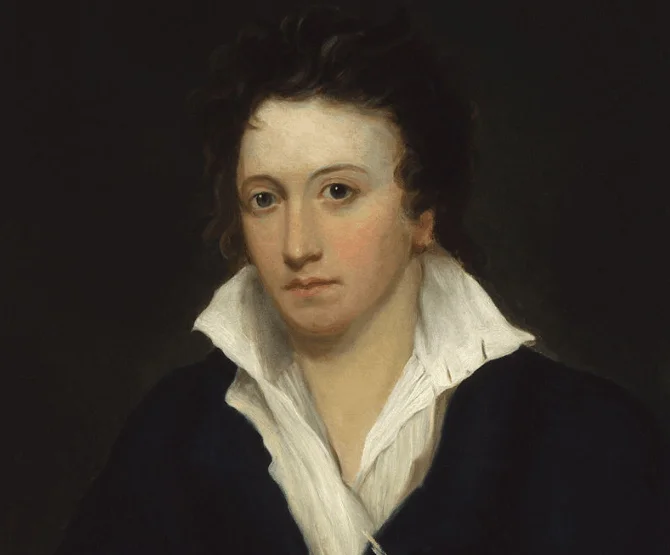
10. It was supposed to be a short story
Most probably because of the writer’s block she suffered from, Mary never imagined this idea to become a novel.
The moment she started writing it, she had the idea of turning it into a short story.
To further emphasize the importance of her husband Percy’s role, it was he who pushed Mary to expand on the idea and actually turn it into a novel.
11. Many tragedies happened during the writing
Mary Shelley had a total of 4 children in her lifetime, but only 2 of them made it to adulthood.
To make it even worse, two of her young children died during the writing of Frankenstein, one of whom died at birth, and the child she was nursing during the writing of Frankenstein died at publication.
Another tragic event during the writing of Frankenstein was the suicide of her half-sister Fanny, which had a deep impact on Mary.
12. The first edition was published anonymously
On January 1, 1818, the first version of what was called “Frankenstein; or, The Modern Prometheus” was published by a small publishing house in London.
It was a publication in 3 volumes which was popular during that time for fiction novels.
More noteworthy is the fact that the novel was published anonymously, and it wasn’t until the second version was published in 1823 that she was properly credited as the author.
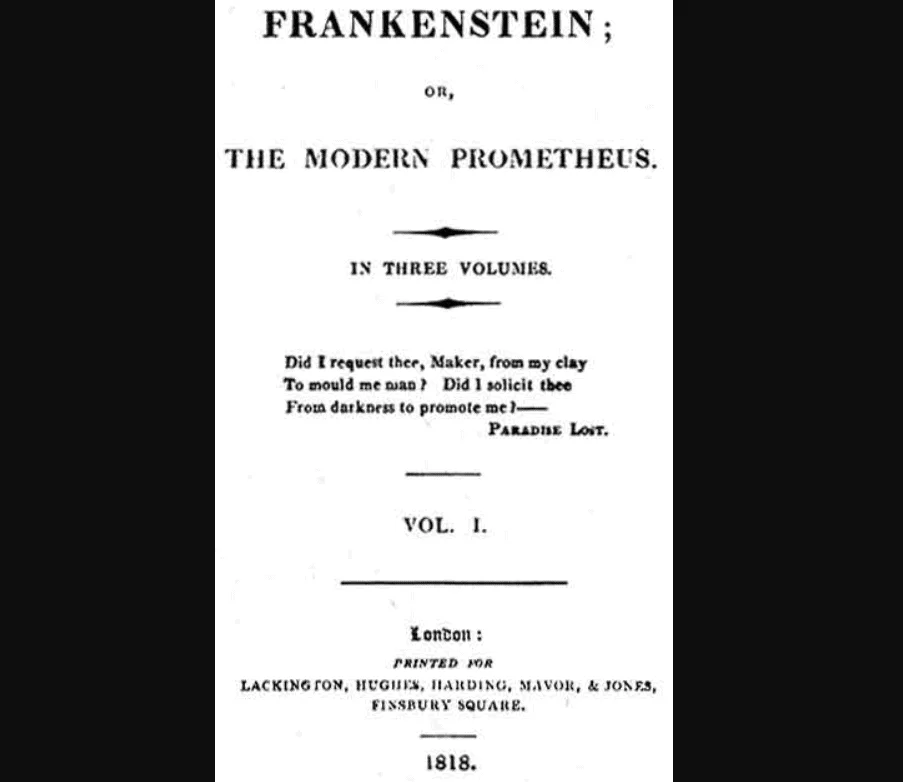
13. The publication we know today is heavily revised
The publication of Frankenstein in 1823 on which Mary Shelley was properly credited as the author of the book, was an edition in two volumes.
It wasn’t until 1831 that the popular version of Frankenstein we know today was published, which came in just one volume.
This version was heavily revised by Mary to make the main story more popular for a wide audience. It’s fair to say that this worked very well as Frankenstein became one of the most popular horror stories ever conceived.
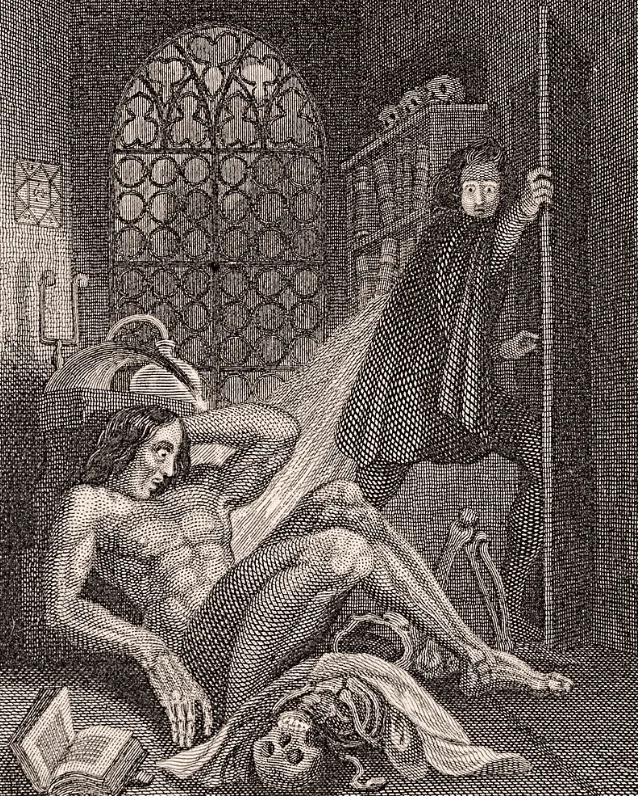
14. The story we know today isn’t consistent with Mary Shelley’s novel
In order to make the story more appealing and exciting for the new medium, motion pictures, the main story of how Frankenstein came to life isn’t consistent with Mary’s version.
In the 1931 movie of the story by James Whale, Frankenstein’s monster is created from several parts of the body that are put together and brought to life with a bolt of lightning.
In Mary Shelley’s story, scientist Victor Frankenstein discovers a way to bring something to life through a process that is never fully explained in the novel. He spends two years constructing before he applies his process that awakens the monster.
In other words, the bolts of lightning were used by film creators to make the viewable version of the story more exciting and spectacular.
This is in contrast to the novel version, which leaves the exact method of bringing the monster to live up to the imagination of the reader.
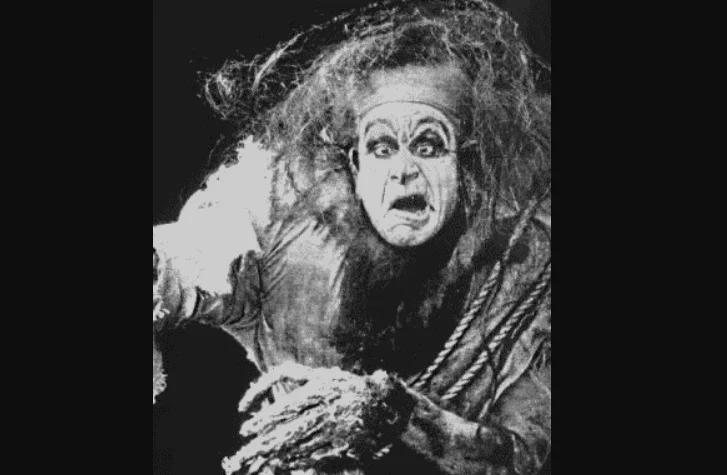
15. The monster doesn’t have a name
In the first item of this list with facts about Frankenstein you already learned that the majority of people misuse the term by assigning it to the hideous monster.
This is explainable because, in the book, the monster isn’t actually given a name by its creator Victor Frankenstein.
It’s referred to by words (and variations of these words) like:
- Wretch
- Monster
- Creature
- Demon
- Devil
- Fiend
- It
16. How did Victor Frankenstein get his name?
We believe it’s pretty clear that Mary and Percy must have known all details about the Frankenstein Castle and its infamous inhabitant Johann Conrad Dippel before writing the novel.
But where does the name Victor come from?
There are two main theories regarding this:
- It refers to God, which is often called “Victor” in Mary’s favorite novel “Paradise Lost” by John Milton.
- It refers to Percy himself, who often went by the pen name of Victor and was interested in scientific experiments.
17. The initial reception was mixed
Even though Frankenstein is now considered to be one of the most popular horror stories ever written, and the creator of a new genre altogether, the initial reception of the novel was mixed.
Despite this, Frankenstein became popular almost instantly through the various plays that were based on the story that came out shortly after its initial publication.
From the mid-20th century on, the general reception of the novel has been positive and has been described as one of the first science fiction novels in history.
18. Top 100 Most influential novels
To finalize this list of facts about Frankenstein and Mary Shelley, let’s add a noteworthy mention which emphasizes the importance of the book.
On November 5, 2019, the BBC published a top 100 list of ‘most inspiring novels’ created by a panel of experienced critics. The list solely contains novels that had a major impact on a lot of people’s lives.
Frankenstein was included in the list.
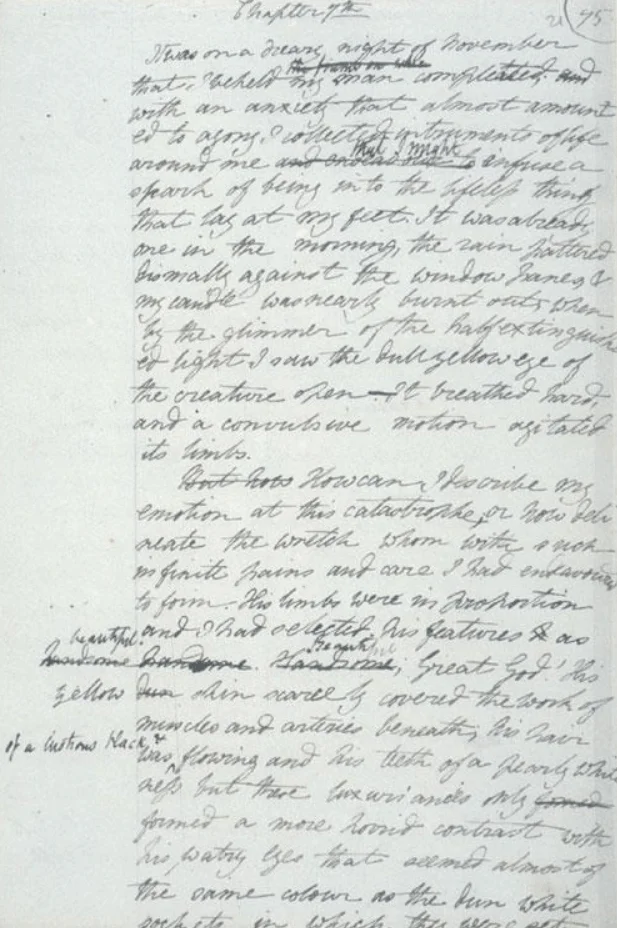
Final fun fact: In 2017, a movie came out called “Mary Shelley” giving us a closer look at how the story of Frankenstein came about.
